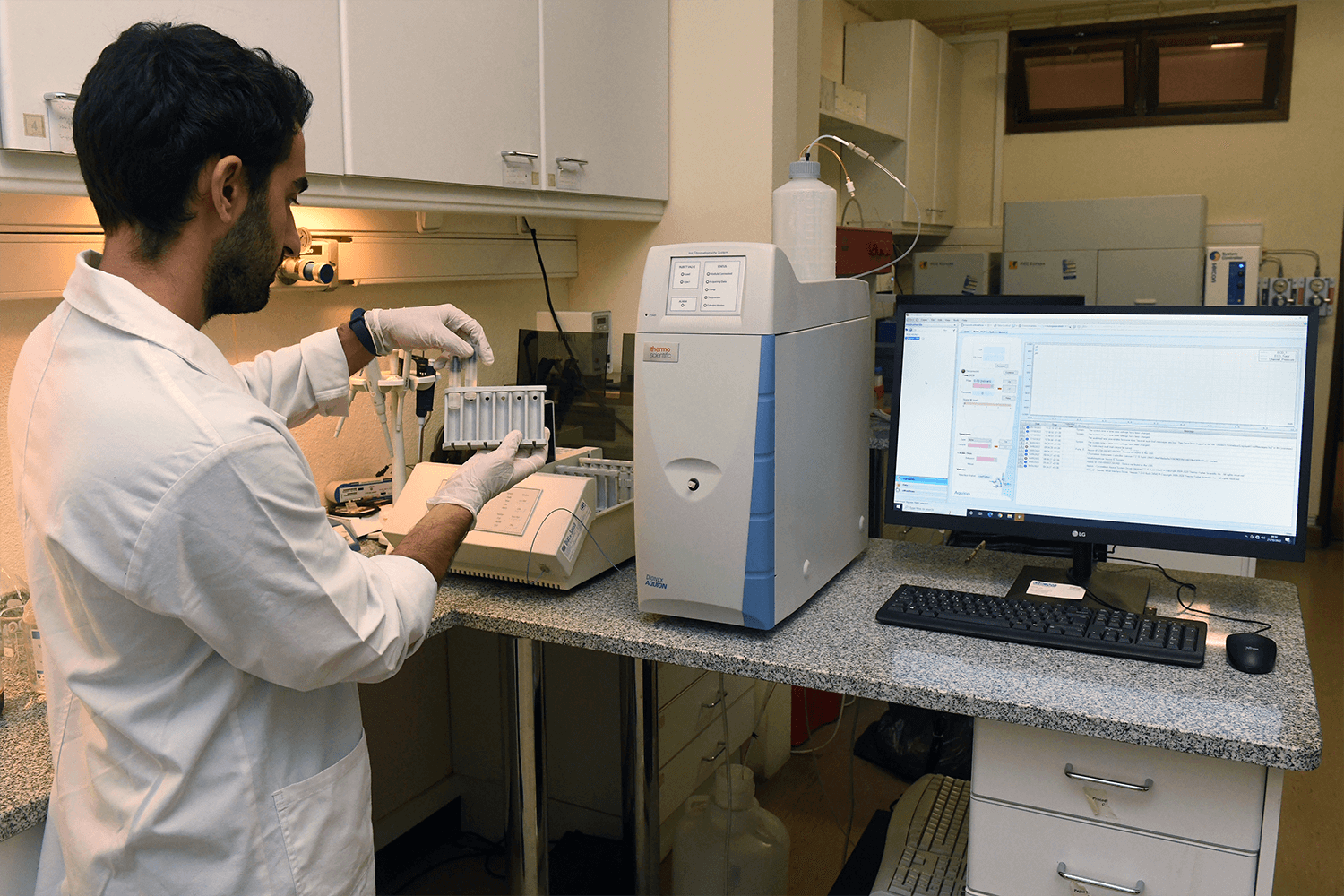Questions of human movement are central to various scientific disciplines (Abernethy et al, 2015) that encompass alternative research paradigms for studying movement. To foster integration and interdisciplinarity, CIPER´s basic is based on the human kinetics framework (Figure 1), i.e., how key disciplines can focus and contribute to the understanding and explanation of human movement. These disciplines contribute as components for the study of human kinetics, such as: Biomechanics (physical motion), exercise physiology (biological processes) and sport and exercise psychology (behavioral experience). Consequently, the performance of the movement paths resulting from dynamic interplay of the three basic components, forms the fourth component – motor control and learning. Next, we describe these four components that constitute the human kinetics framework.
Biomechanics is the application of mechanics to the study of living systems. An individual’s motion capacity accounts for its ability to move in various ways or modes, reflecting its abilities to perform self-propelled locomotion or externally vectored transport (e.g., surfing or skiing). Biomechanics scientists perform quantitative analyses of movement in the healthy state and to examine how musculoskeletal changes introduced by injury, training, growth and maturation, and ageing affect motor performance. The focus is at the body activity level, although many biomechanists also work at the cellular and molecular levels, attempting to understand the mechanics of molecules and how they apply to the morphology and motility of cells. Studies springing from this paradigm often use controlled experiments in which the movement environment is changed, while monitoring the individual’s motion and force production. This approach describes of the motion capacity of individuals but neglect the questions of where and when individuals move, as well as their metabolic energy production and personal experiences.
Sport and exercise psychology is the scientific study of human behaviour and mental process in the context of sport and exercise. There are two major questions that sport and exercise psychology scientists address:
- What effect does participation in physical activity have on the psychological processes of the participant?;
- What effect do psychological factors have on physical activity participation and performance?
The mechanistic investigation of movement in this approach goes to the level of neurophysiological processes that are associated with particular movement or displacement choices. In general, this approach pays less attention to how individuals implement choices (motion capacity), and more attention to the psychological state of the person who moves, to fulfill one or more goals. The relative importance of different goals is expected to vary over a person’s lifetime and over much shorter periods, and an individual may pursue several goals simultaneously.
Exercise biology focuses on both acute (immediate) body responses to exercise and chronic (long-term) adaptations to physical activity. Such physical activity tends to be qualified and quantified according to the contexts where it is expressed, i.e., where and when the individual can move (e.g., indoor or outdoor physical activity, in altitude or at the see level). It can be studied from the whole-body level to the subcellular level. At the whole-body level, the exercise physiologist might ask whether a lifetime of exercise can increase life span. At the organismic system level, exercise physiology aims at understanding the effects of regular exercise on, for instance, the cardiovascular system. Understanding the effects of exercise on the pattern of adipose tissue distribution and the implications for the prevention of obesity represents work at the tissue level. At the cellular and subcellular levels, the exercise physiologist may study the mechanisms responsible for muscular hypertrophy following strength training. This approach explores the relative efficacy of some particular fitness currency (e.g., energy gain, or survival). Consequently, it does not explicitly deal with motion per se and tend to neglect the constraints imposed by the intentional and lived experiences of individuals and the information they use from their environments.
Motor control and learning is concerned with understanding the processes that are responsible for the acquisition, performance, and retention of motor skills throughout the life span, which occur with growth, development, maturation, and ageing. It also deals with motor control changes that occur because of practice (or adaptation), focusing on how motor skills are learned and the changes in performance, retention, and control mechanisms that accompany skill acquisition. Motor skills are goal-directed actions that require movement of the whole body, limb, or muscle in order to be successfully performed. It can be movements as simple as unidirectional finger or eye movements to movements as complex as those involved in fundamental actions such as walking, running, reaching, grasping, driving and speaking; and in sporting tasks such as performing a complex gymnastics routine or hitting a fast-moving tennis ball. Despite their obvious diversity, all the motor skills used in these tasks share their purposefulness, their dependence on learning, and the fact that the quality of task goal achievement is directly dependent on the quality of the movement produced.
Figure 1. Human kinetics framework, composed of three basic components related to the moving person, which are studied by biomechanics, exercise biology, and sport and exercise psychology, and the processes by which these three basic components affect each other in the movement path and its development over time, which is studied by motor control and learning.
The described human kinetics framework (Figure 1) can provide a theoretical scaffold to synergize research from the paradigms of these components. It may also motivate the development of new interdisciplinary concepts and methodologies. It explicitly integrates the basic components and processes involved in human movement.
Four basic questions illustrate its methodological approach to understanding movement:
- First, why move (intentions and causes)?;
- Second, how is this movement performed (motion capacity)?;
- Third, when and toward what target is this movement performed (navigation capacity)?;
- Fourth, how do all components interact to produce the movement path and its learning and development?
By answering these questions, we strive to identify the key life course patterns and behaviors determining movement. It is also important to realize that both the momentary as well as the lifespan experiences of movement contribute to the generation of movement paths. Thus, instead of focusing only on the short-term response of the organism to its environment, one can extend the proposed framework to address questions on the causes and consequences of movement across the life span.
Methodologically, scientific observations imply collecting data from reality, about the movement phenomenon under analysis. This means that performing an observation implies a particular way of collecting data from reality. How
researchers collect data imply a theoretical view, related measurement tools, and procedures to guarantee the quality of the data. Moreover, evidence-based interventions operationalize the scientific models obtained from observations.
Figure 2. A linear arrangement of the several levels of analysis, with direct bidirectional links between levels, relating reality, explanations and predictions, and interventions in the phenomenon of interest.
Traditionally in human movement science, between function and observation, there is an intermediate step consisting of mathematical models of biophysical entities and their interactions - cells, tissues, organismic systems, body segments, or movement paths. A model is meant to organize, by principles, known features of observations, which, in turn, allow simulated experimentation and prediction, and offer insight into what is being modelled. In short, models aim to explain functions. Research on function, however, is distinct from research on how this function can be achieved. Generating, comparing and modifying the ways in which a function is performed is the algorithmic level of analysis. Such an algorithmic description can then be related to the model. Observations can sometimes appear to be directly related to an algorithm, without going through a model. Algorithms, however, do not contain biophysically interpretable quantities. Relating biophysical and algorithmic quantities relies first on a model of the experimental data. Importantly, connecting the language of mathematics to observations helps discern algorithmic elements and infer function. Algorithms seeking a bridge to data can then rely on mathematical models of observations. An algorithm can thus be approximated by processes with bio-physical constraints, constraints inherited from a particular mathematical model. This leads to the need of researching at different levels of analysis for relating reality, explanations and predictions, and interventions (Figure 2), as it happens at CIPER.
Moreover, today much effort is focused on theoretical analysis of data itself (e.g., studying existing data bases), without involving models, algorithms or functions related to movement itself. Formally including data in Figure 2 is essential to see the different levels of analysis as providing constraints to each other. For example, observations clearly constrain the quality of data obtained from reality. But it is equally important to consider that the research into functions, algorithms and models influence the type of experiments sought and performed as well as guide the choice for data analyses.
Rather than a physical scale (e.g., micro- to macroscopic), these levels of analysis (Figure 2) can be used for research within a subdiscipline (e.g., biomechanics) or, preferably, across subdisciplines, connecting human movement science subdisciplines, for interdisciplinary research. Interdisciplinary science relies on collaborations. This is a key goal for CIPER for the next years, where existing and new graduate programs can train future scientists at the intersection among traditional subdisciplines, based on preferred levels of analysis.








